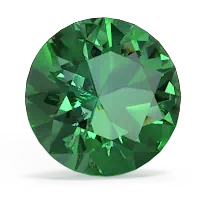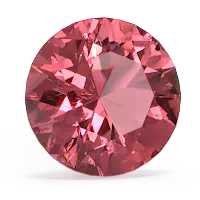

Friendship, love and loyalty are represented by this historic celtic design. A Lab Emerald claddagh ring with your birthstone or favorite color makes it even more significant. The birthstone of May, an emerald ring symbolizes the eternally returning spring. The velvety green color of emerald is a perfect match for spring and summer fashions. Pink tourmaline is a birthstone of October, along with opal, and is a truly special gem. The deep rosy color of a pink tourmaline ring will be sure to attract attention.